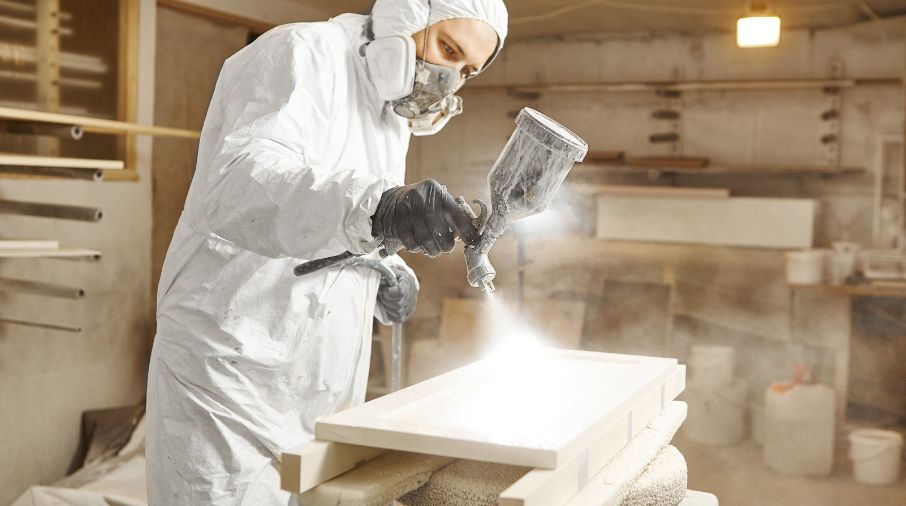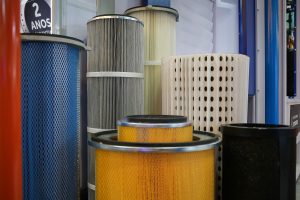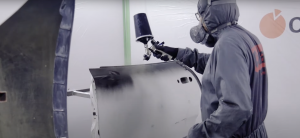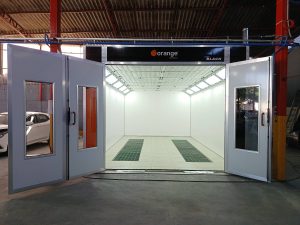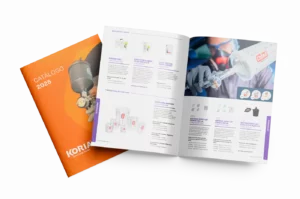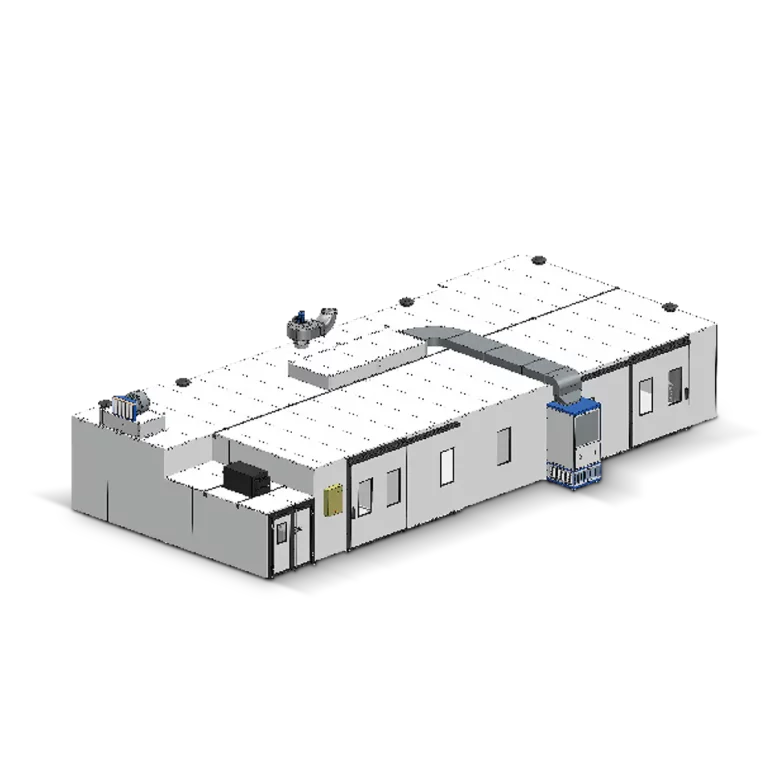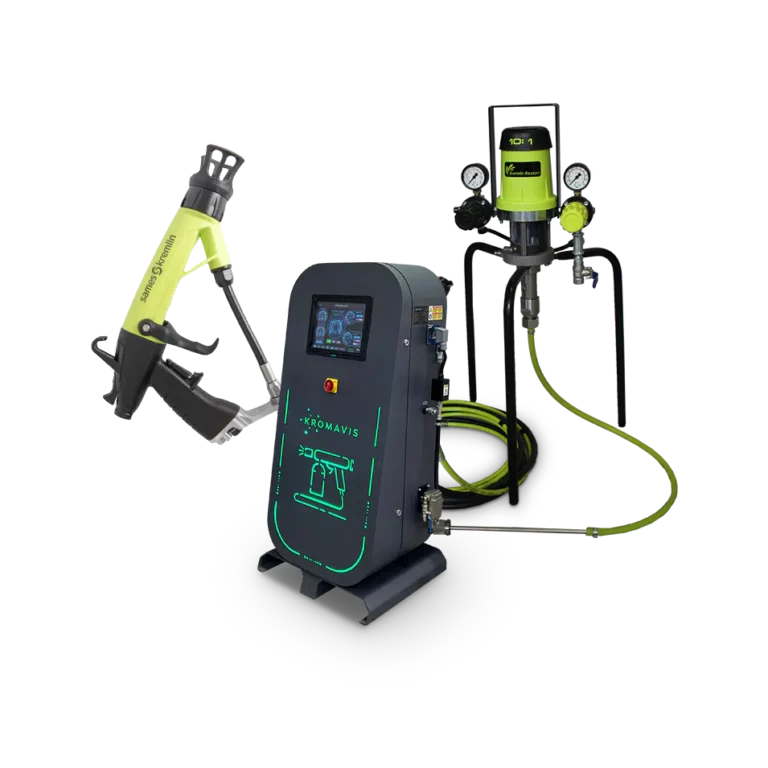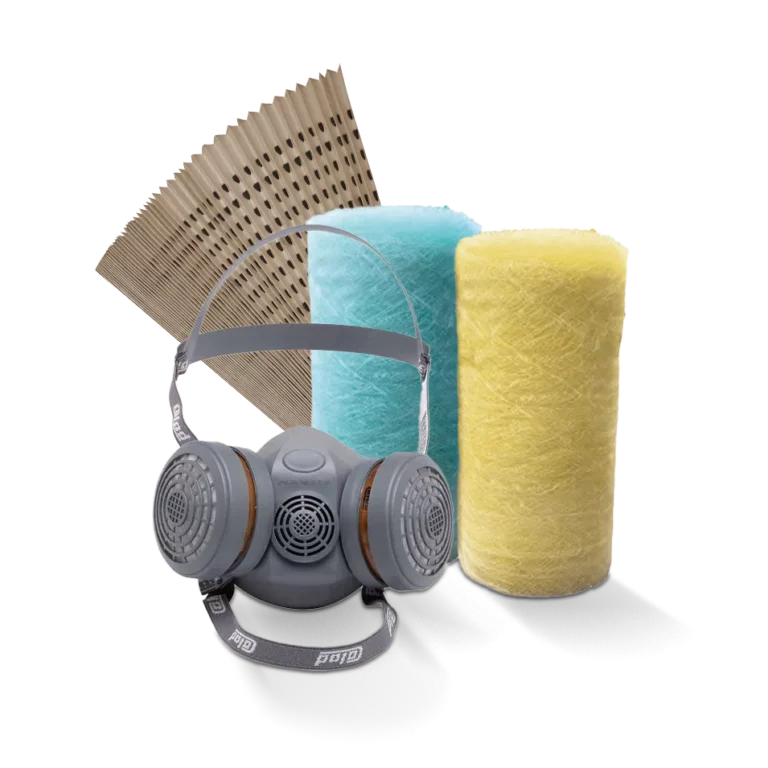Breathing safely is extremely important in any professional activity and it is no different in professional painting, an activity in which one is constantly exposed to a variety of harmful substances present in paints. Inhaling these substances is extremely harmful to health and can cause problems such as allergies, lung damage and even more serious diseases, such as cancer.
Therefore, investing in appropriate protective equipment, such as painting masks, is an essential step to ensure the health and well-being of painting professionals during work. In other words, choosing the right painting mask is directly linked to the health and safety of the painter, significantly reducing their exposure to toxic substances and minimizing the risks of respiratory diseases and other health problems related to this activity.
Below we will explain in greater detail the different types of painting masks and what are the main factors when choosing the right mask for professional painting.
Types of masks for professional painting
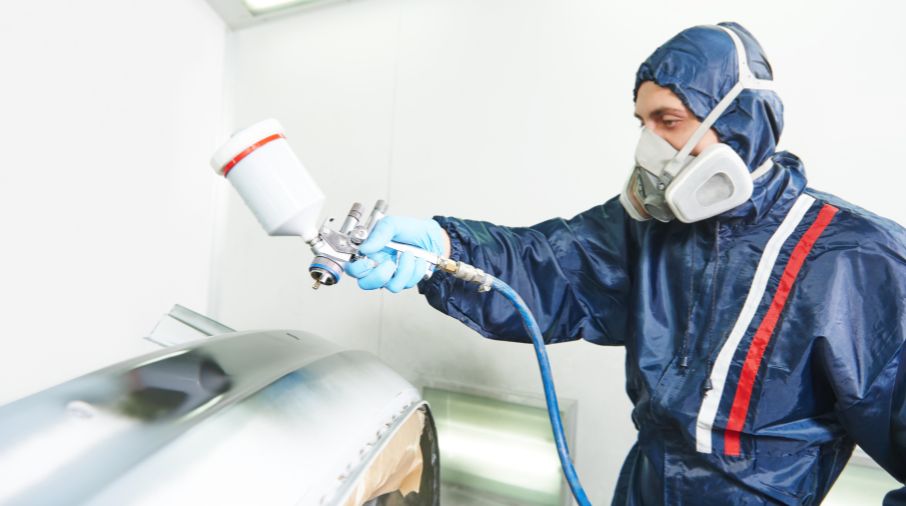
As we can see, choosing the right mask for professional painting is an essential step when it comes to ensuring the health of painting professionals, so it deserves the necessary care for this type of task.
For professional painting, disposable or fabric masks should be avoided, as these do not provide the necessary filtration to ensure worker safety. Therefore, masks with a higher level of protection should be chosen, such as half-face respirators and full-face respirators. Let's learn more about each of them.
Half-face respirators
Half-mask respirators work by sealing themselves to the user's face using a face seal, usually made of silicone or another flexible material, which prevents contaminants from entering through the space around the face. Filters are attached to the front of the mask and are responsible for filtering particles or gases present in the air.
Half-mask respirators are available in different protection levels, with the most common being P2 and P3. P2 respirators are capable of filtering at least 94% of airborne particles, while P3 respirators offer even greater protection, filtering at least 99.95% of airborne particles. They also provide effective protection against organic vapors, dusts, mists and hazardous airborne particles, with many models allowing for replaceable and reusable filters, which can reduce long-term costs.
On the other hand, these respirators tend to have a higher initial cost compared to other types of respiratory protection, due to their construction and the need for periodic filter replacement. Another important factor is that their proper use requires training to ensure an effective seal and correct filter replacement, which may require additional investment in resources and time on the part of employers.
Full face respirators
Full face respirators offer comprehensive protection, covering the entire face, including the eyes. This ensures that all entry routes for contaminants are sealed, providing maximum protection to the wearer.
Like half-face respirators, full-face respirators are also available in different protection levels, generally classified as P2 and P3. P2 filters at least 94% of airborne particles, while P3 offers even greater protection, filtering at least 99.95% of airborne particles.
Full face respirators are ideal for environments where there are high concentrations of airborne contaminants, offering exceptional protection. Additionally, their full face coverage also protects against paint and other liquid splashes, making them especially useful in painting jobs and other industrial processes.
However, these respirators tend to be more expensive due to their construction and the need to maintain a complete seal around the face. Additionally, prolonged use may cause increased discomfort due to the complete seal, especially in hot environments or during intense physical activity.
Factors to consider when choosing a mask
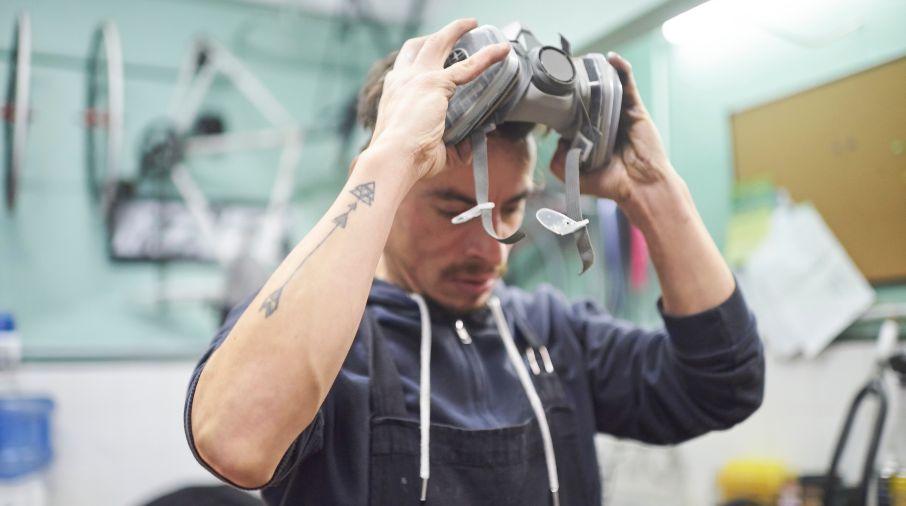
In addition to basic concerns about protection and safety, other factors must be taken into account when choosing the right mask for professional painting.
Ink type
The type of paint used is a critical factor when selecting a paint mask. For water-based paints, P2 half-face respirators may provide adequate protection, since these paints generally produce fewer chemical vapors. However, for solvent-based paints, which release more harmful organic vapors, P3 half-face respirators or full-face respirators are required to ensure effective protection against inhalation of these vapors.
Work environment
The environment where the painting will be carried out also influences the choice of mask. If the work is carried out in closed or poorly ventilated spaces, a mask with a high filtration capacity for particles and vapors may be necessary to ensure the safety of the worker. Likewise, in well-ventilated environments, a mask with a lower filtration capacity may be sufficient.
Comfort
Comfort while wearing a mask is important to ensure that the worker can wear it for long periods without undue discomfort. Factors such as the weight of the mask, the seal around the face, and ease of breathing can all affect comfort. Masks with lightweight materials, soft face cushions, and ergonomic designs can provide greater comfort during use.
Cost
The cost of the mask and filters should also be considered, especially for companies that need to equip multiple workers. In addition to the initial cost of the mask, it’s important to consider the ongoing cost of replaceable filters and the lifespan of the mask. Choosing a mask that offers the right combination of protection and cost can be crucial to keeping operating costs under control.
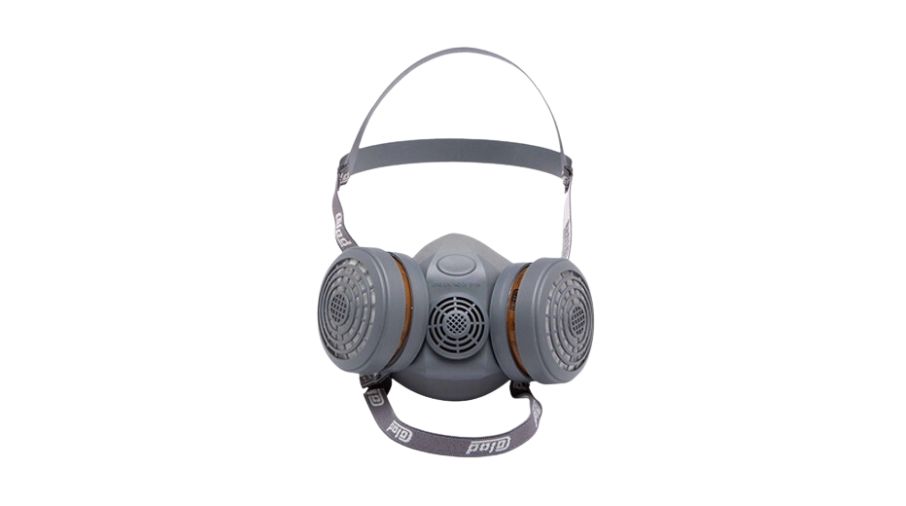
THE Colad Respiratory Mask It stands out in several aspects, starting with the anatomical design that fits perfectly around the nose and mouth without hurting the painter. The flexible synthetic material further enhances comfort for daily use. The headband provides a customizable fit with closure.
The Colad Respiratory Mask has two side filters with activated carbon filters and a pre-filter forming a filtration barrier that protects inhalation. For exhalation, it has large valves to provide greater comfort for long periods of work. Learn more about this mask and other protective equipment on the website Everything to paint.
Did you like this post? Share it with your friends or on social media. For more tips on painting and its equipment, visit our blog, always with exclusive content.
